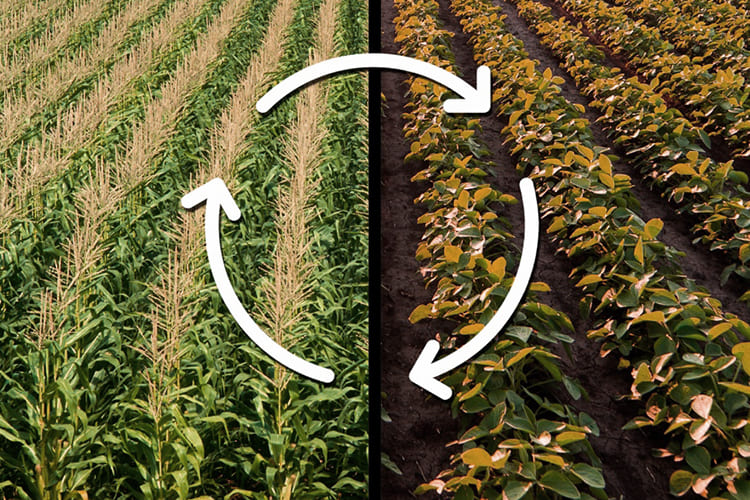How Crop Rotation Maintains Soil Fertility

Crop rotation is an agricultural technique that has been used for centuries to maintain soil fertility and productivity. The process involves growing different crops on the same piece of land in a planned sequence. Crop rotation has many benefits, including pest control, improved soil health, and increased crop yields. In this article, we will discuss how it maintains soil fertility.
- The primary benefit of crop rotation is that it helps to maintain soil fertility. Different crops have different nutrient requirements, and if the same crop is planted in the same field year after year, it will deplete the soil with specific nutrients. Over time, the soil will become deficient in these nutrients, making it difficult for the crop to grow and produce a high yield.
- By rotating crops, the soil can replenish the nutrients that were depleted by the previous crop. For example, legumes such as peas and beans fix nitrogen from the atmosphere and store it in their roots. When legumes are grown in a field, they increase the amount of nitrogen in the soil, which can be used by the next crop. Other crops, such as corn, are heavy nitrogen users, and planting them after legumes can help replenish the soil’s nitrogen levels.
- Crop rotation can also help to reduce soil-borne diseases and pests. Planting the same crop year after year can create an ideal environment for pests and diseases to thrive. By rotating crops, the pests and diseases that affect one crop will not have a chance to build up in the soil, reducing the risk of an outbreak. In addition, some crops, such as marigolds, have natural pest-repelling properties and can be used in rotation to help control pests.
- Another benefit of crop rotation is that it can improve soil structure. Different crops have different root systems, and by rotating crops, the soil is exposed to a variety of root structures, which can help to improve soil tilth. For example, crops with deep taproots, such as alfalfa, can help to break up compacted soil, while shallow-rooted crops, such as lettuce, can help to improve the soil’s surface structure.
In conclusion, crop rotation is a valuable agricultural technique that can help to maintain soil fertility and productivity. By rotating crops, farmers can replenish the nutrients in the soil, reduce the risk of pests and diseases, and improve soil structure. As a result, crop rotation is an essential tool for sustainable agriculture and a key component of many organic farming systems.

